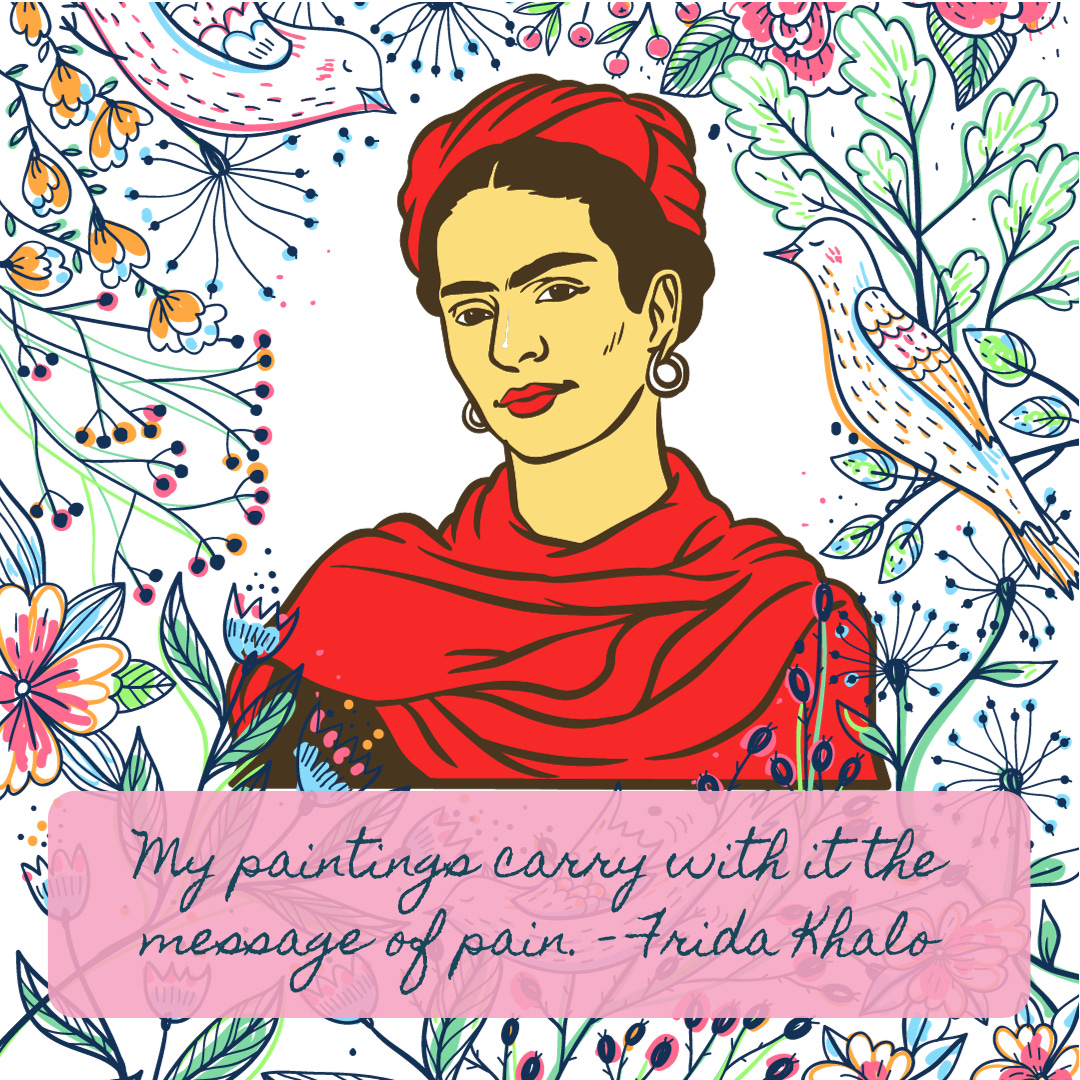Creative Catalyst: Sharing the Secrets of Genius
10 Timeless Habits of History's Most Imaginative Minds
In the vast tapestry of human potential, creativity stands out as one of the most enigmatic and cherished qualities. It's the force behind groundbreaking innovations, timeless art, and ideas that reshape our world. But what fuels this creative spark? Delving into the habits of some of history's most imaginative minds reveals a fascinating blend of practices and traits. From the introspective realms of daydreaming and solitude to the intuitive leaps that defy conventional thinking, these habits offer a glimpse into the inner workings of the creative psyche. As we embark on this exploration, we'll uncover the significance of openness to new experiences, the grounding power of mindfulness, and the profound impact of sensitivity. Together, these habits paint a portrait of the intricate dance between the mind, heart, and soul that gives birth to creativity. Channeling our passion, hobbies, and interests allows our creativity to flourish, enhancing our overall well-being. I've discovered that kickstarting my creative process at 4:30 am yields my finest work for this platform. This momentum typically lasts until noon, after which my creative energy begins to wane.
Are you stuck on a rut? Banging your head against a wall to come up with new ideas? Today I list 10 habits that key creatives process to open the spout in that brain of yours and let your creative juices flow through.
10 Processes by Known Creatives
Imaginative Play by Walt Disney: Observing children in imaginative play reveals a wellspring of natural-born creativity. When engaged in pretend play, children take on multiple perspectives and playfully manipulate emotions and ideas. As adults, cultivating a childlike sense of play can revolutionize the way we work. Research shows that hybrid forms of work and play may provide the most optimal context for learning and creativity for both children and adults
Passion by Frida Khalo: Passion often stems from an experience or a relationship that moved us. It is often the emotional fuel that starts one down a creative path. People who fulfill their creative dreams over the long haul balance the excitement about the future with realistic strategies for getting closer to their goals.
Daydreaming by Albert Einstein: Creative people understand the value of daydreaming. Mind wandering offers rewards including creative incubation, self-awareness, future planning, reflection on the meaning of one's experiences, and even compassion. Taking short daydreaming breaks can lead to improvements in creative thinking.
Solitude by Virginia Woolf: Solitude is essential for many creative people. Time for solitary reflection truly feeds the creative mind. It's important to make time for solitude to reflect, make new connections, and find meaning. Solitude can trigger creativity by helping individuals tap into their thoughts and inner worlds.
Intuition by Steve Jobs: Intuition arises from unconscious or spontaneous information-processing systems. It plays a significant role in how we think, reason, create, and behave socially. Intuition is part of the fast brain system, which helps assimilate new information, aids in complex pattern recognition, and makes unconventional connections leading to original ideas.
Openness to Experience by Leonardo da Vinci: Openness to experience is the drive for cognitive exploration of one's inner and outer world. It's the single strongest personality trait that predicts creative achievement. Openness can be intellectual, aesthetic, or affective. The desire to learn and discover has more bearing on the quality of creative work than intellect alone.
Mindfulness by George Harrison of The Beatles: Mindfulness, both as a practice and as a personality trait, is associated with many cognitive and psychological benefits. These benefits include improved task concentration, sustained attention, empathy, compassion, introspection, self-regulation, enhanced memory, improved learning, and positive emotional well-being. Achieving a balance of mindfulness and mind wandering is optimal for cognitive flexibility and creativity.
Sensitivity by Vincent van Gogh: Sensitive individuals, who have a heightened sensitivity to their surroundings and an intensified experience of sensory input, experience a world with more opportunities for connection. Sensitivity can lead to a greater intensity of experience as well as emotional overwhelm.
Turning Adversity to Advantage by Maya Angelou: Experiences of loss, struggle, suffering, and defeat can be powerful catalysts for personal growth, creativity, and deep transformation. Adverse events can force us to reexamine our beliefs and life projects, leading to new structures of meaning and identity. Both extreme positive events and adverse experiences can encourage creativity and serve as sources of inspiration and motivation.
Thinking Differently by Pablo Picasso: Creative people are united by their unwillingness to abide by conventional ways of thinking and doing things. In choosing to do things differently, they accept the possibility of uncertainty and failure, but it is this risk that opens up the possibility of true innovation. The secret to creative greatness appears to be doing things differently, even when that means failing.
The essence of creativity lies in the intricate balance of the mind's processes, emotions, and experiences. From the introspective act of daydreaming to the profound depths of sensitivity, creative individuals harness a unique blend of habits that propel their imaginative prowess. Whether it's the solitude that offers a sanctuary for reflection or the intuitive spark that ignites original ideas, each habit serves as a cornerstone in the foundation of creative brilliance. Embracing openness, mindfulness, and a keen sense of self-awareness further amplifies this creative potential. In understanding these habits, we not only gain insight into the minds of history's most innovative thinkers but also discover pathways to nurture our own creative spirit.



